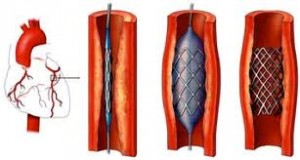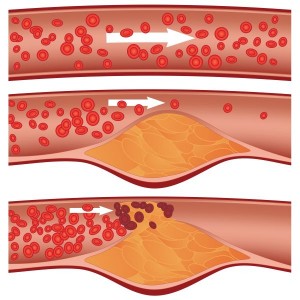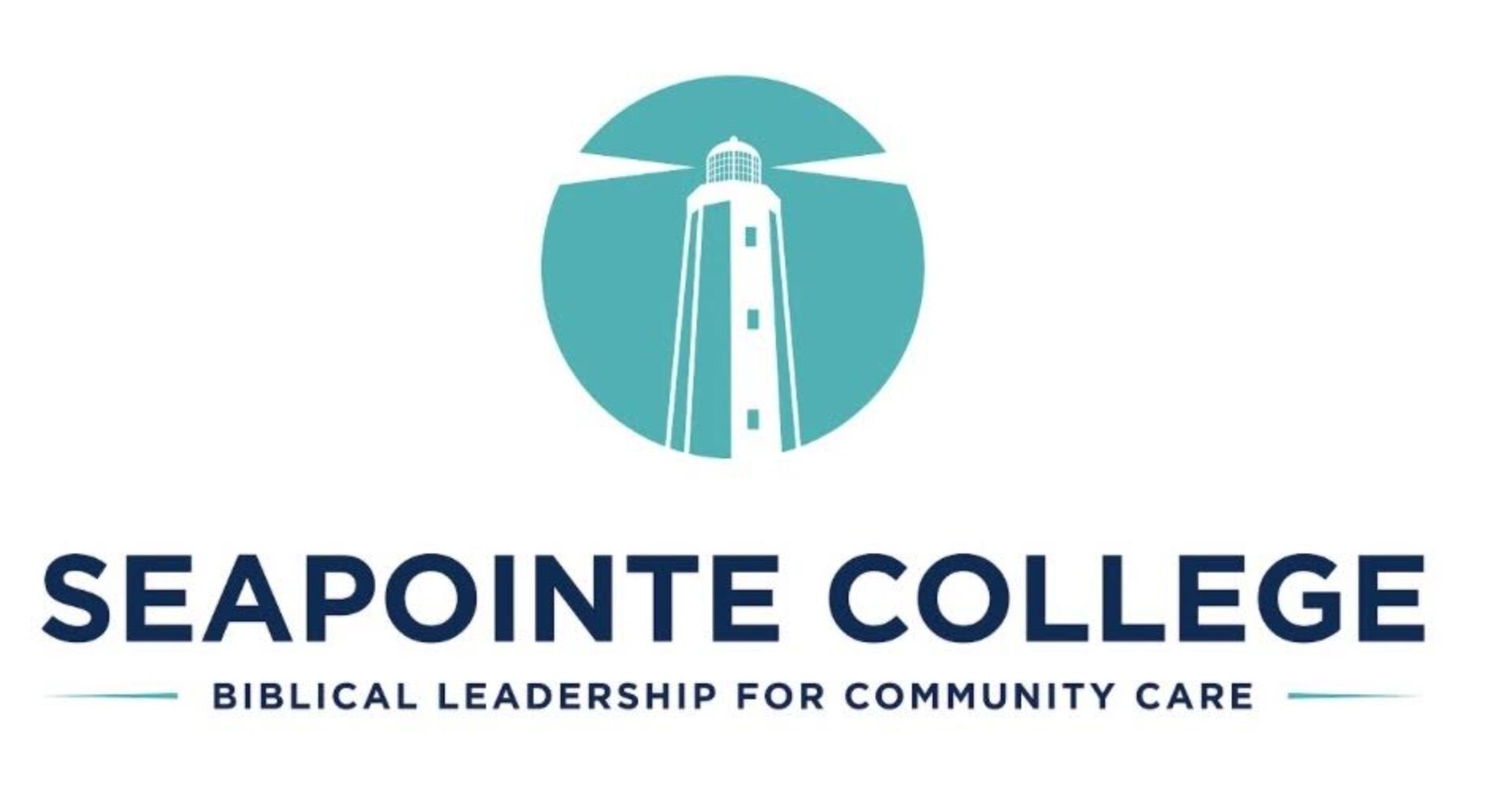 Million Hearts.TM. is a National initiative begun by the U.S. Department of Health and Human Services in conjunction with The Centers for Disease Control and Prevention (CDC) and the Centers for Medicare & Medicaid Services. (CMS) These fine organizations are working hand in hand with other Federal agencies as well as private sector partners to engender a positive response to the magnitude that Cardiovascular Disease numbers in the United States presents.
Million Hearts.TM. is a National initiative begun by the U.S. Department of Health and Human Services in conjunction with The Centers for Disease Control and Prevention (CDC) and the Centers for Medicare & Medicaid Services. (CMS) These fine organizations are working hand in hand with other Federal agencies as well as private sector partners to engender a positive response to the magnitude that Cardiovascular Disease numbers in the United States presents.
Heart Disease is the number one killer of Americans nationwide, and with stroke being number four killer, that means that 1 person in 3 will die from a cardiovascular disease type event. The general public needs to pay attention to the statistics of this deadly disease.
Almost 1 million people in the United States will have a heart attack this year and 600,000+ people will die from a heart disease related event this year as well. Of those 1 million people having heart attacks, 600,000+ of those people will be having their first heart attack, with 300,000+ having a second or third cardiac event.
Coronary Artery Disease is the most common type of heart disease, and kills more than 385,000 people each year. Heart Disease is very complex, with numerous different ways that can lead up to a heart attack or even death, and as I said, Coronary Artery Disease is the most common. If you add stroke to this equation, it gives you the full scope of what is termed Cardiovascular Disease.
Symptoms of a Heart Attack as reported by the National Heart Attack Alert Program are:
• Chest pain or discomfort. Most heart attacks involve discomfort in the center or left side of the chest that lasts for more than a few minutes, or that goes away and comes back. The discomfort can feel like uncomfortable pressure, squeezing, fullness, or pain.
• Discomfort in other areas of the upper body. Can include pain or discomfort in one or both arms, the back, neck, jaw, or stomach.
• Shortness of breath. Often comes along with chest discomfort. But it also can occur before chest discomfort.
• Other symptoms. May include breaking out in a cold sweat, nausea, or light-headedness.
If you think that you or someone you know is having a heart attack, you should call 911 immediately.
 A heart attack, sometimes referred to as a Myocardial Infarction or MI, happens when a section of the heart muscle has diminished blood flow, robbing the muscle of needed oxygen and nutrients. Every part of the human body, every organ therein, needs blood to survive, and the nutrients and fresh oxygen that the blood carries with it, and your heart is no different.
A heart attack, sometimes referred to as a Myocardial Infarction or MI, happens when a section of the heart muscle has diminished blood flow, robbing the muscle of needed oxygen and nutrients. Every part of the human body, every organ therein, needs blood to survive, and the nutrients and fresh oxygen that the blood carries with it, and your heart is no different.
However, it is a common misconception that the heart receives the blood it needs from inside the hearts pumping chambers. Nothing could be further from the truth. The human heart has a system of arteries and blood vessels that deliver and return blood to and from the heart just like the rest of the body. These vessels are called the Coronary Arteries.
 As you can see in the picture provided, the Aorta, the main delivery vessel for blood to the body, rises up out of the heart, two smaller arteries branch off of it and collectively When one of these arteries develops an occlusion or blockage, blood flow to the part of the heart where that artery delivers its blood is restricted, and the amount of blood ejected to the body is also restricted, because the heart muscle can’t pump hard enough, causing a Myocardial Infarction or MI. The amount of oxygen and nutrients delivered to the body is also restricted, so the brain tells the heart to pump harder and faster, because the body is telling the brain it needs more of the nutrients and oxygen, and the breakdown of the heart muscle is then realized.form the right and left Coronary Arteries. They then branch off downward and diagonally, providing blood flow to the entire heart, and in the process, oxygen and nutrients essential to the heart muscle’s proper function are delivered.
As you can see in the picture provided, the Aorta, the main delivery vessel for blood to the body, rises up out of the heart, two smaller arteries branch off of it and collectively When one of these arteries develops an occlusion or blockage, blood flow to the part of the heart where that artery delivers its blood is restricted, and the amount of blood ejected to the body is also restricted, because the heart muscle can’t pump hard enough, causing a Myocardial Infarction or MI. The amount of oxygen and nutrients delivered to the body is also restricted, so the brain tells the heart to pump harder and faster, because the body is telling the brain it needs more of the nutrients and oxygen, and the breakdown of the heart muscle is then realized.form the right and left Coronary Arteries. They then branch off downward and diagonally, providing blood flow to the entire heart, and in the process, oxygen and nutrients essential to the heart muscle’s proper function are delivered.
Unless emergency care is provided quickly, within minutes, necrosis to the heart muscle and death may occur.
Coronary Arteries develop blockages from cholesterol and plaque build-up, and this is termed atherosclerosis. If a person experiencing this type of a heart attack can get to the hospital quick enough, an angiogram will be performed, and in the event a blockage is discovered, angioplasty and stent placement are perform as well.
 The medical term for this procedure is Percutaneous transluminal coronary angioplasty (PTCA) or simply Angioplasty. It is performed by the Doctor threading a guide wire into a vein somewhere near the hip region of your body, and guiding that wire to the right side of your heart and then over to the left side and finally to the occluded Coronary Artery.
The medical term for this procedure is Percutaneous transluminal coronary angioplasty (PTCA) or simply Angioplasty. It is performed by the Doctor threading a guide wire into a vein somewhere near the hip region of your body, and guiding that wire to the right side of your heart and then over to the left side and finally to the occluded Coronary Artery.
A balloon is then positioned over the plaque and then inflated, “plastering” the plaque down to the sides of the Artery, hence the word ‘plasty.” A stent is then placed over the plaque, holding it down and preventing it from moving any further towards your lungs. If the guide wire cannot be made to pass by the blockage, open heart surgery is indicated.
Coronary Artery Bypass Graft (CABG) surgery is then performed, where a new section of artery is grafted from one side of the blocked artery, past the blockage, to the other side of the blockage, and blood flow is restored to the damaged section of heart muscle.
Risk factors for Cardiovascular Heart Disease include:
• High Cholesterol levels
• High Blood Pressure
• Diabetes Mellitus
• Smoking
• Alcohol abuse
• Obesity
• Poor Diet
• Physical Inactivity
Prevention of Heart Disease and Stroke can be accomplished with some relatively easy steps. If you smoke, stop smoking, eat healthy foods, including fruits and vegetables, lose weight, lower your cholesterol, don’t abuse alcohol, get active and quit sitting around. And go see your Doctor on a regular basis for wellness visits.
A recent study by a team of international researchers, led by lead author Tim Assimes, MD, PhD, a Stanford assistant professor of medicine, indicates a genetic link and predisposition for plaque build-up in the arteries because of mutations in key genes related to inflammation.
Dr Assimes commented on the study, “Perhaps the most interesting results of this study show that some people may be born with a predisposition to the development of coronary atherosclerosis because they have inherited mutations in some key genes related to inflammation,” adding, “There has been much debate as to whether inflammation seen in plaque buildup in heart vessels is a cause or a consequence of the plaques themselves. Our network analysis of the top approximately 240 genetic signals in this study seems to provide evidence that genetic defects in some pathways related to inflammation are a cause.”
The study, published online Dec. 2 in Nature Genetics, provides insights into the molecular pathways causing coronary artery disease, which is also known as coronary atherosclerosis.
There are thousands of inflammatory diseases, and these researchers have identified 46 mutations of the gene that causes that specific inflammatory disease, as a leading contributor to coronary artery disease (CAD,) and the associated plaque build-up that lies at its center.
These inflammatory diseases also include autoimmune diseases like the HIV/AIDS virus, diabetes mellitus, rheumatoid arthritis, rheumatic fever and more.
Article by Jim Donahue.



7 thoughts on “Heart Disease: CAD May Be Caused by Genetic Link To Inflammatory Diseases”
What is the accepted method of dying??
I am curious as to what we elderly people are supposed to die from or is it the contention that people are supposed to live forever??
Amen brother. I can remember back in the sixties when someone would ask my old man why he hadn’t quit smoking because it kills you, and his response would be, “I gotta die from something”
Comments are closed.